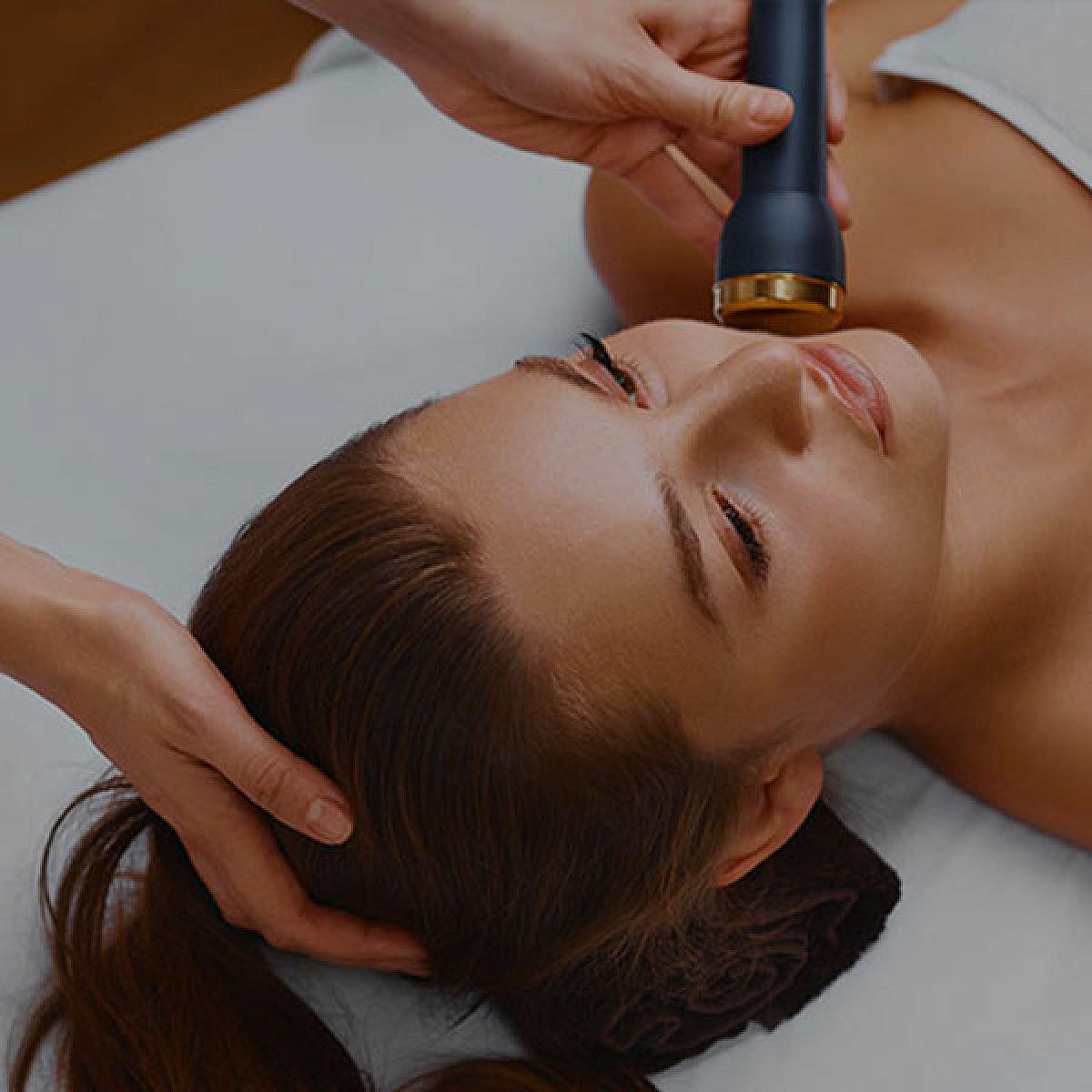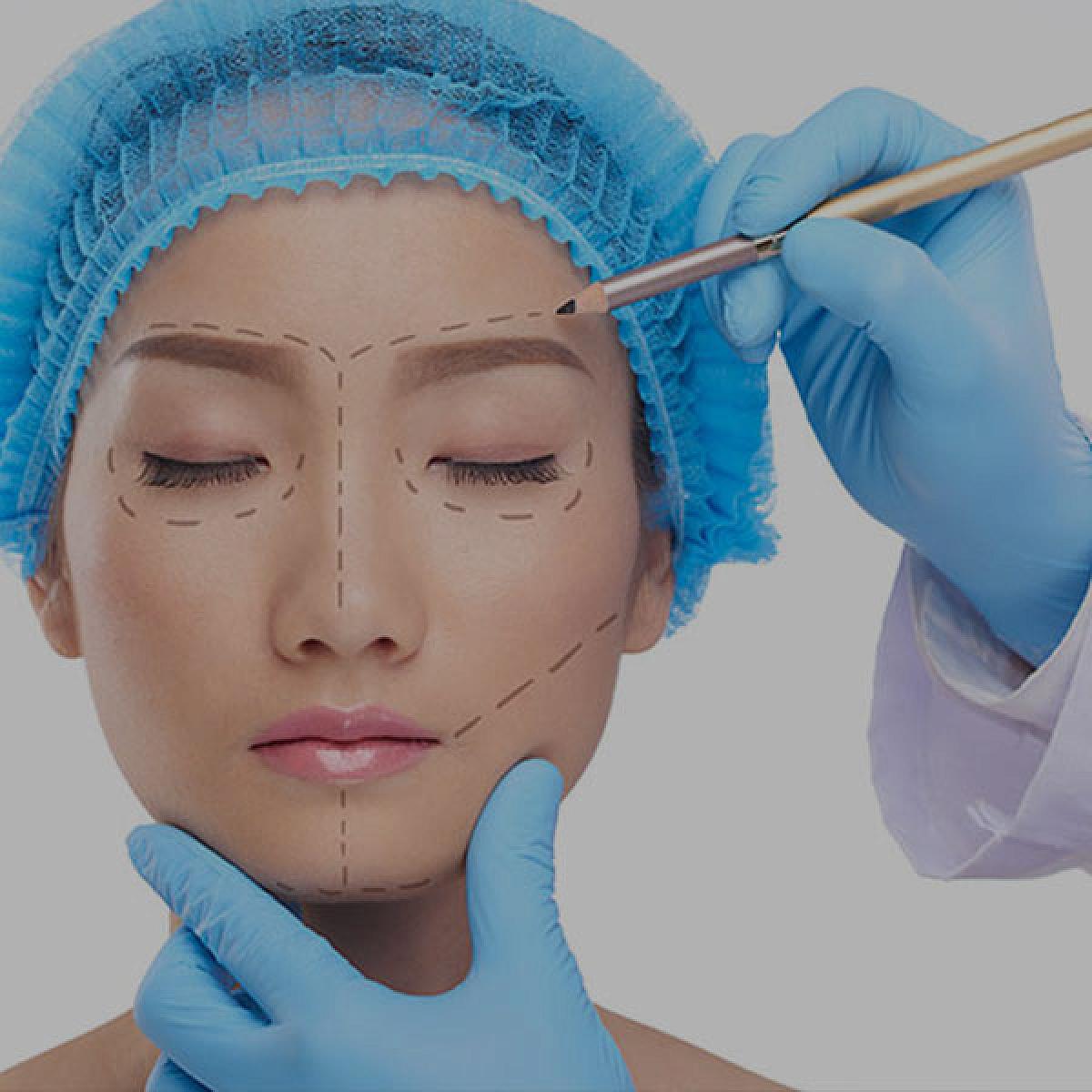![[media-entity-reference:media-alt]](/sites/g/files/zrelqx136/files/styles/billboard_tablet/public/media/images/2021/b-breast-lift.jpg?itok=RxUYGI3L)
![[media-entity-reference:media-alt]](/sites/g/files/zrelqx136/files/styles/billboard_desktop/public/media/images/2021/b-breast-lift.jpg?itok=0w425ArX)
What Is a Breast Lift?
Procedure Cost
Breast Lift (Mastopexy)
$7,275 – $7,800*
A breast lift (mastopexy) is a surgical procedure that repositions the nipple, areola (ring of darker skin around the nipple), and surrounding tissue so that the breast sits in a higher position. Although a breast lift doesn’t change the size of the breasts significantly, it can be done in combination with a breast augmentation (enlargement) or breast reduction surgery.
At University of Utah Health, our board-certified plastic surgeons provide a wide range of cosmetic and reconstructive surgeries, including breast lift. Women travel from throughout the Mountain West to benefit from our surgeons’ experience and expertise.
Decision to Get a Breast Lift
The decision to have a breast lift is a personal one, so it’s important to think about your reasons for considering it. Women who have a breast lift may share some or all of the following concerns.
- Their breasts sag, either because the breasts have lost their shape and volume or because the breasts have become flatter or longer.
- Their nipples are positioned below the breast creases.
- Their nipples and areolae (rings of darker skin around each nipple) point downward.
- One of their breasts falls lower than the other.
A breast lift can be done on breasts of any size. The plastic surgeon will talk to you about this possibility at your first appointment so that you know what to expect.
Breast Appearance Factors
Women’s breasts change over time, losing their shape and firmness. These breast changes may occur because of:
- the aging process,
- weight loss or gain,
- genetics,
- smoking, which can affect the “elasticity” of your breasts, and
- pregnancy—the ligaments that support your breasts may stretch during pregnancy, which can make your breasts sag.
Who Is a Candidate for a Breast Lift?
From a medical standpoint, anyone can have a breast lift. But it's typically best to wait if:
- your body is still growing and developing.
- you are actively trying to lose weight.
- you are planning to get pregnant and have more children.
- you are still breastfeeding or planning to breastfeed in the near future.
During your initial appointment with a plastic surgeon at U of U Health, the surgeon will do a thorough evaluation to see whether a breast lift is an option for you.
What to Expect at Your First Appointment
During this appointment, the plastic surgeon will:
- ask what you’re hoping for in terms of your breasts’ appearance afterward.
- review your medical history.
- talk to you about any family history of breast cancer.
- do a physical exam of your breasts.
- explain what is involved with a breast lift surgery, including the risks and benefits.
- answer your questions.
You may want to schedule your surgery soon after this appointment or take some time to think about it. If a few months pass between your initial appointment and your scheduled surgery, the plastic surgeon may want you to come in for another appointment before your surgery takes place.
Pre-Surgery Testing
If you are generally healthy, you do not need to have any tests before breast lift surgery. However, if you are 40 years old or older, your plastic surgeon will want to see images from a recent mammogram. These images help our medical team evaluate your breast tissue for surgery. They also will provide a baseline so that your care team can interpret mammograms you have in the future.
The plastic surgeon will ask you to schedule a mammogram before your breast lift if:
- you are 40 years old or older.
- have never had a mammogram.
- it's been a few years since your last mammogram.
Find a Plastic Surgeon
Types of Breast Lifts
![[media-entity-reference:media-alt]](/sites/g/files/zrelqx136/files/files/migration/breast-lift.jpg)
![[media-entity-reference:media-alt]](/sites/g/files/zrelqx136/files/files/migration/breast-lift.jpg)
Breast lift surgery techniques vary depending on your breasts’ size and other factors. These techniques include:
- Circumareolar lift — This surgery is for smaller lifts and involves making an incision (cut) around the areola (darker skin around the nipple).
- Vertical mastopexy —This surgery involves making an incision around the areola and a downward incision from the areola to the base of the breast. Vertical mastopexy is typically done for medium-sized lifts.
- Wise pattern or anchor scar mastopexy — This surgery is used for patients who require a large lift. It involves making an incision around the areola, a downward incision from the areola to the base of the breast, and an incision at the base of the breast (in the “crease”).
How Long for Breast Lift Incisions to Heal?
During your initial appointment with the plastic surgeon, you will learn about the different scar patterns that each of these surgeries creates. The incisions will take about four to six weeks to heal and the scars will begin to fade at around the three-month mark. It takes about a year for the scars to fade fully (although they will not completely disappear). Bras and bathing suits typically cover these scars.
Breast Augmentation & Breast Lift Surgery
Many women want to have a breast lift (to reduce sagging) and a breast augmentation (to enlarge the breasts). Your plastic surgeon may be able to do both surgeries at once or may recommend doing them separately. Sometimes an augmentation will give you a lift that is similar to what a breast lift surgery can achieve.
Breast Lift Surgery
How to Prepare For Breast Lift Surgery
After you schedule your breast lift surgery, the plastic surgeon will provide you with the following guidelines to prepare for surgery.
- Maintain a healthy weight.
- Avoid aspirin and anti-inflammatory drugs such as ibuprofen a week before surgery (these can increase bleeding).
- Do not smoke or use nicotine-based products in the . Smoking decreases blood flow and can slow the healing process.
Day of Surgery
Breast lifts are usually done as a same-day surgery and involve general anesthesia (puts you to sleep).
Afterward, you’ll recover for an hour or two until you’re OK to return home. You will need someone to drive you.
Before you leave, our care team will provide detailed instructions so that you can take care of your incisions (cuts) and control any post-operative pain. Your breasts will be covered with gauze, and you will be wearing a surgical support bra to support your breasts. You might have small tubes at the incision sites, which will help drain any extra blood or fluid.
Breast Lift Risks
As with any major surgery, breast lift surgery poses a risk of bleeding, infection, wound healing problems, and an adverse reaction to anesthesia. Your plastic surgeon will talk to you about the various risks specific to breast lift surgery. These risks may also include:
- Changes in sensation in your nipple or breast — Sensation usually returns a few weeks after surgery, but you might experience some numbness long-term.
- Breast tissue damage — Breast lift surgery can disrupt the flow of blood to the breast area. This could lead to a partial or total loss of the areola and nipple, but it’s rare.
- Asymmetry — One of your breasts may not look the same as the other.
Breast Lift Recovery
You will notice an improvement in your breast and nipple position immediately after surgery. The shape and appearance will continue to change and settle for the next few months.
For about two weeks after surgery, your breasts will be swollen and bruised. Our care team will explain how to take care of yourself and your incisions (cuts) during this time. For two to three weeks after surgery, you will need to:
- continue wearing the surgical support bra around the clock except when showering,
- take pain medication as directed by the care team,
- avoid straining, lifting, and bending,
- sleep on your side or your back to minimize pressure on your breasts,
- avoid sexual activity, and
- limit your arm movements (this includes not driving).
Your plastic surgeon will talk to you about when it is safe to resume normal activities such as bathing, exercising, and generally being more active. By about the four-week mark, you should be back to your normal routine.
Follow-Up Care
You will have an appointment with your plastic surgeon about two to four weeks after surgery. The doctor will:
- check to make sure everything is healing nicely and that there is no evidence of infection,
- change your dressings and remove stitches (if you had them) or surgical tape.
- answer any questions you have.
- discuss when it is all right to resume your usual activities.
Make an Appointment with a Plastic Surgeon
To request an appointment with a plastic surgeon at U of U Health, call 801-581-7719.







